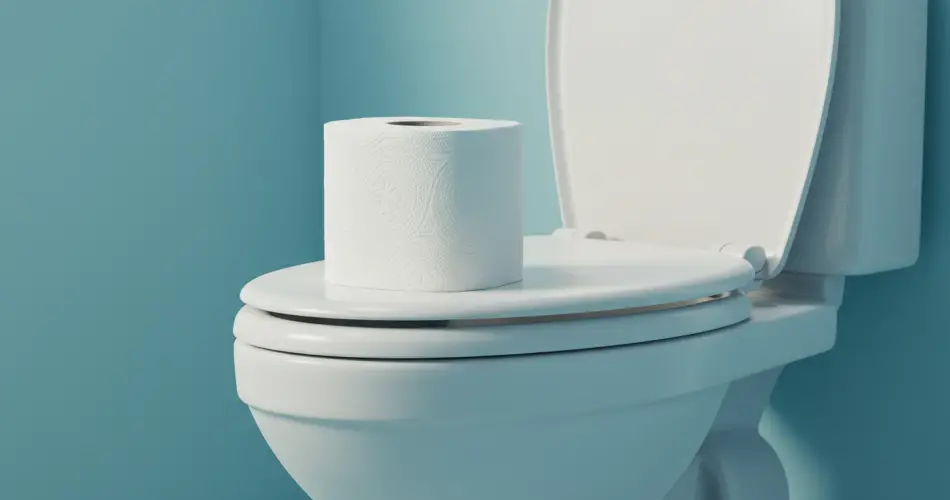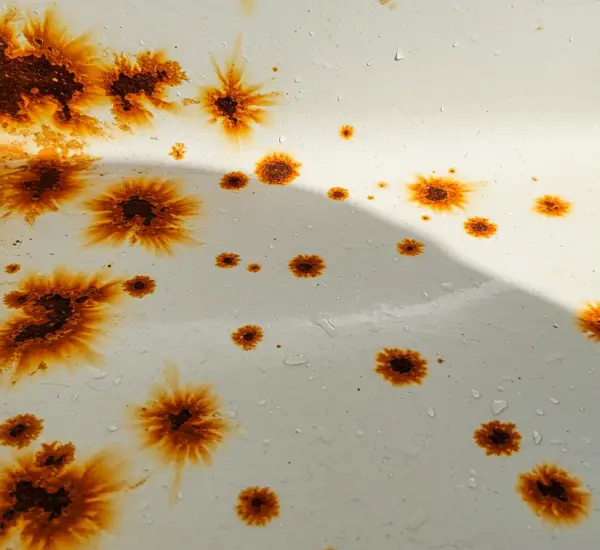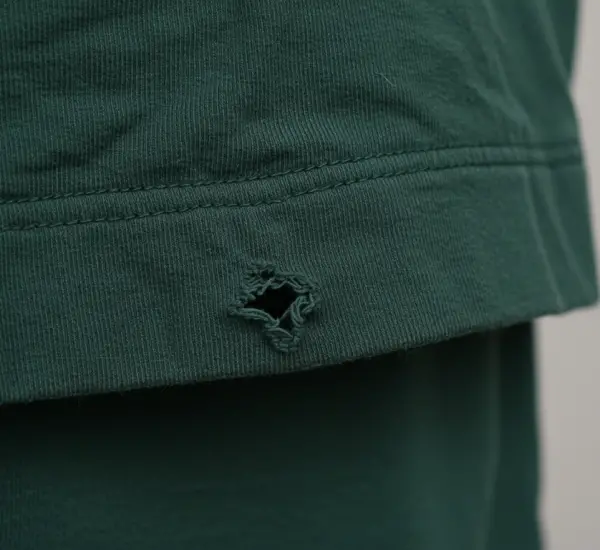In recent years, more and more people have been adopting natural cleaning methods to maintain their homes without relying on harsh chemicals. One trend that’s gaining attention may sound strange at first: placing vinegar-soaked toilet paper in the toilet bowl. While it may seem odd, this simple trick has proven to be a surprisingly effective way to combat one of the most common household problems — limescale buildup and stubborn stains in the toilet.
The Hidden Dirt in Your Bathroom
We all know how satisfying it feels to live in a clean and tidy home. But beyond the aesthetic appeal, cleanliness is also essential for health. Several studies have shown that bathrooms are among the most bacteria-prone areas in the home, especially the toilet — both in the bowl and in the surrounding air. This makes proper sanitation critical, not only for aesthetic reasons but also to prevent the spread of germs and diseases.
The toilet, in particular, requires consistent attention. Every flush sends microscopic droplets into the air, which can settle on nearby surfaces, spreading bacteria. For this reason, it’s vital to regularly disinfect and deep clean your toilet, ensuring that every part — from the handle to the rim — is spotless.
The Traditional Way to Clean the Toilet
Normally, cleaning the toilet involves a combination of protective gloves, disinfectant sprays, and scrubbing brushes. The typical process starts with cleaning the exterior using warm water and a sponge to remove dust and residue. Next, a disinfectant or bleach is applied to the inside of the bowl, followed by vigorous brushing to scrub away stains.
While bleach is excellent at whitening, it doesn’t effectively remove limescale — those hard mineral deposits that gradually build up and turn the toilet yellow. Limescale not only looks unsightly but also creates the perfect breeding ground for bacteria. To combat it, many people turn to industrial descalers, which are effective but often toxic and harmful to the environment.
Fortunately, there’s a much simpler and greener alternative — and it only requires two everyday household items: toilet paper and white vinegar.
Why Vinegar Works So Well
Vinegar is a natural cleaning powerhouse. Its main component, acetic acid, breaks down mineral deposits, dissolves soap scum, and kills bacteria without leaving behind harmful residues. It’s biodegradable, inexpensive, and safe to use around the home — making it an ideal substitute for many commercial cleaning products.
When combined with toilet paper, vinegar becomes even more effective. The paper acts as a carrier, allowing the vinegar to stay in prolonged contact with the toilet surface instead of running straight down the drain. This gives the acid time to soften and dissolve the limescale.
How to Use Vinegar and Toilet Paper to Clean Your Toilet
Here’s how to perform this natural cleaning trick step-by-step:
-
Prepare your materials – You’ll need regular toilet paper and white vinegar. Avoid using colored or scented varieties, as they can contain dyes and chemicals.
-
Soak the toilet paper – Tear off several sheets of toilet paper and soak them thoroughly in white vinegar.
-
Apply it to the toilet – Gently press the soaked paper against the inside walls of the toilet bowl, especially where limescale or yellow stains are visible. You can also place some paper along the rim and under the waterline.
-
Let it sit overnight – Leave the vinegar-soaked paper in place for several hours, ideally overnight. During this time, the vinegar will break down the mineral buildup and sanitize the surface.
-
Remove and scrub lightly – The next morning, remove the paper and flush the toilet. For best results, scrub lightly with a toilet brush to remove any remaining residue.
The result is a shiny, clean, and odor-free toilet — without a drop of harsh chemicals.
A Bonus Use: Vinegar in the Toilet Tank
If you want to take your cleaning routine a step further, you can also use this trick in the toilet tank. Pour a mixture of vinegar and water into the tank and let it sit for several hours. This helps to dissolve mineral deposits in the flush mechanism and prevent future buildup.
However, since vinegar has a strong smell, it’s recommended to keep the bathroom well-ventilated during this process. Open a window or turn on an exhaust fan while the vinegar works its magic. After about ten hours, flush the toilet several times to drain the liquid completely and remove any remaining odor.
Why This Method Works Better Than Chemicals
Many people instinctively reach for bleach when cleaning toilets, but bleach doesn’t actually remove limescale — it only makes the surface look cleaner by whitening the stains. Over time, the mineral buildup continues to grow underneath, eventually leading to discoloration, unpleasant smells, and even bacterial growth.
Vinegar, on the other hand, targets the root of the problem. It dissolves calcium and magnesium deposits, which are the main components of limescale, leaving the toilet truly clean — not just temporarily whitened. Plus, it’s safe for plumbing and septic systems, unlike some industrial cleaners that can corrode pipes over time.
A Green, Cost-Effective Cleaning Habit
Aside from being eco-friendly, this trick is also extremely economical. A bottle of white vinegar costs only a fraction of what most toilet cleaners do, and it can be used for multiple purposes around the home — from disinfecting countertops to removing odors in the kitchen.
Moreover, this method avoids exposing your family to harsh chemicals that can irritate the skin, eyes, and respiratory system. For households with children or pets, it’s a much safer choice.
Maintaining a Naturally Clean Bathroom
If you want to keep your toilet fresh between deep cleans, try spraying a vinegar-and-water solution on the bowl and surrounding areas daily. Let it sit for a few minutes, then wipe it clean. This simple routine helps prevent limescale buildup and keeps your bathroom smelling clean.
You can even enhance the vinegar’s scent by adding a few drops of essential oils like lemon, lavender, or tea tree. These not only improve the aroma but also provide additional antibacterial benefits.
The Bottom Line
Using vinegar-soaked toilet paper in your toilet may sound like an old-fashioned “grandma’s remedy,” but it’s backed by science — and it works. It’s an environmentally friendly, affordable, and effective way to keep one of the dirtiest areas in your home spotless and germ-free.
Next time your toilet starts to show yellow stains or stubborn limescale, skip the chemical cleaners and reach for vinegar and toilet paper instead. You’ll be amazed at how powerful such a simple, natural method can be.



